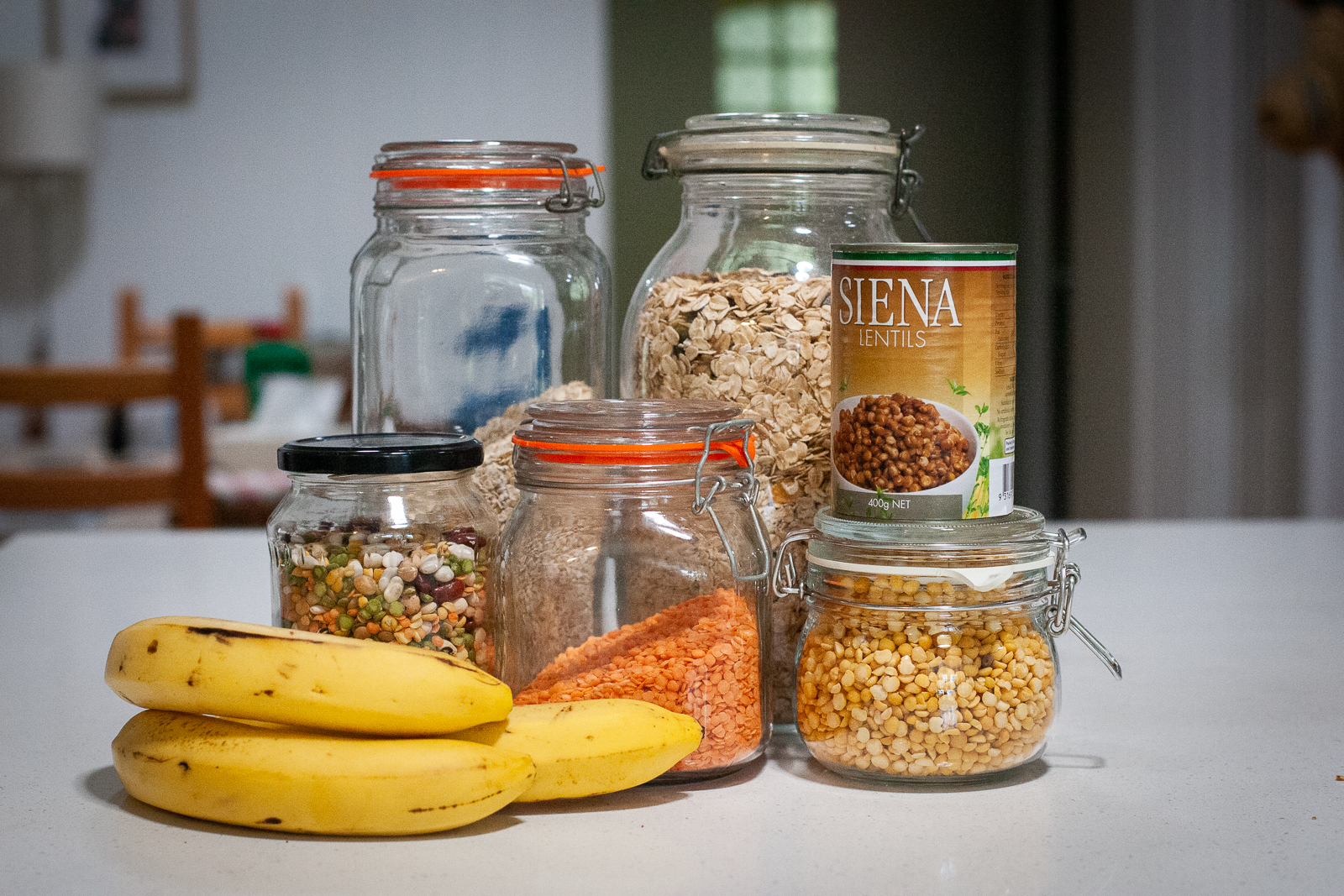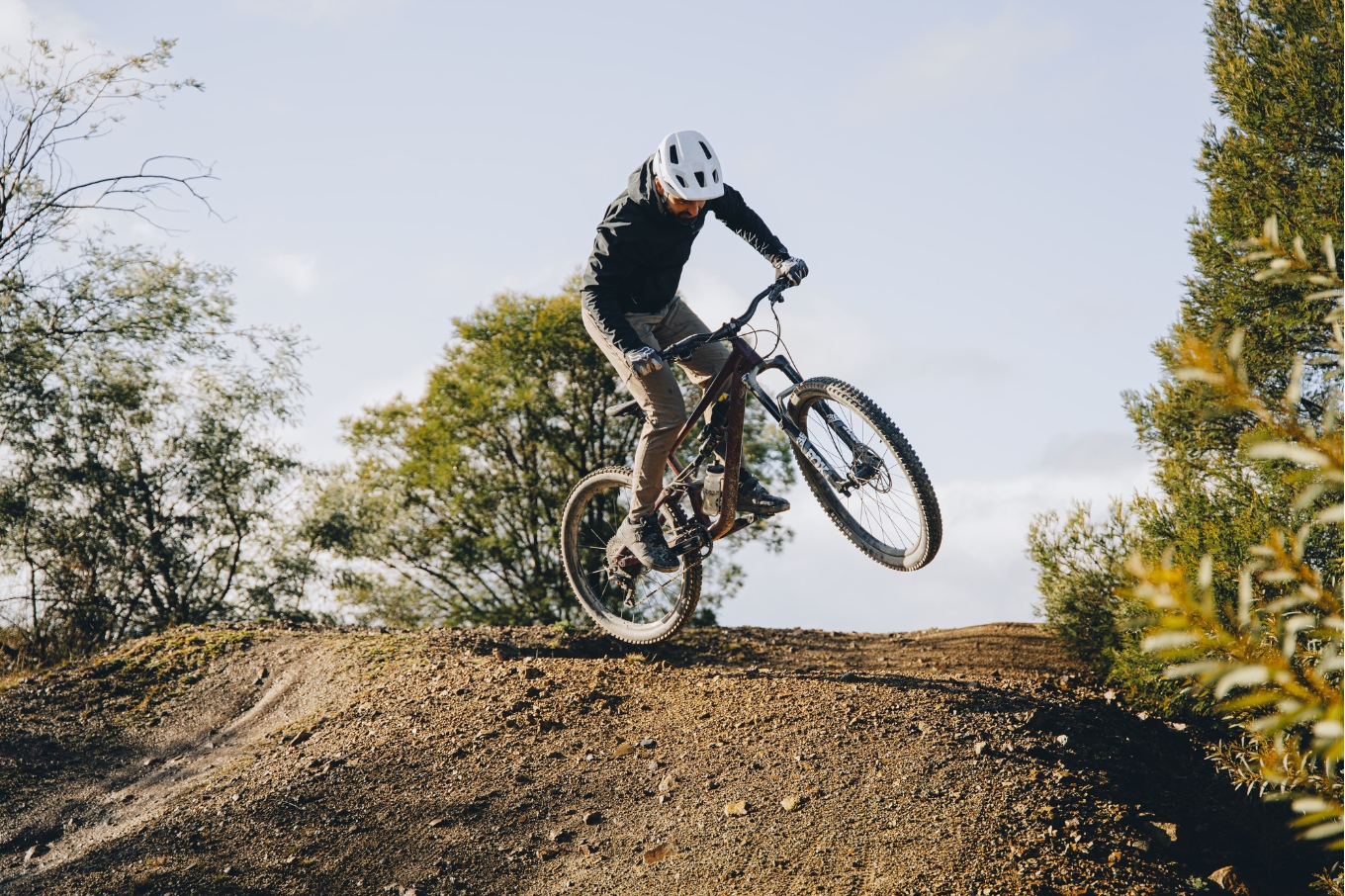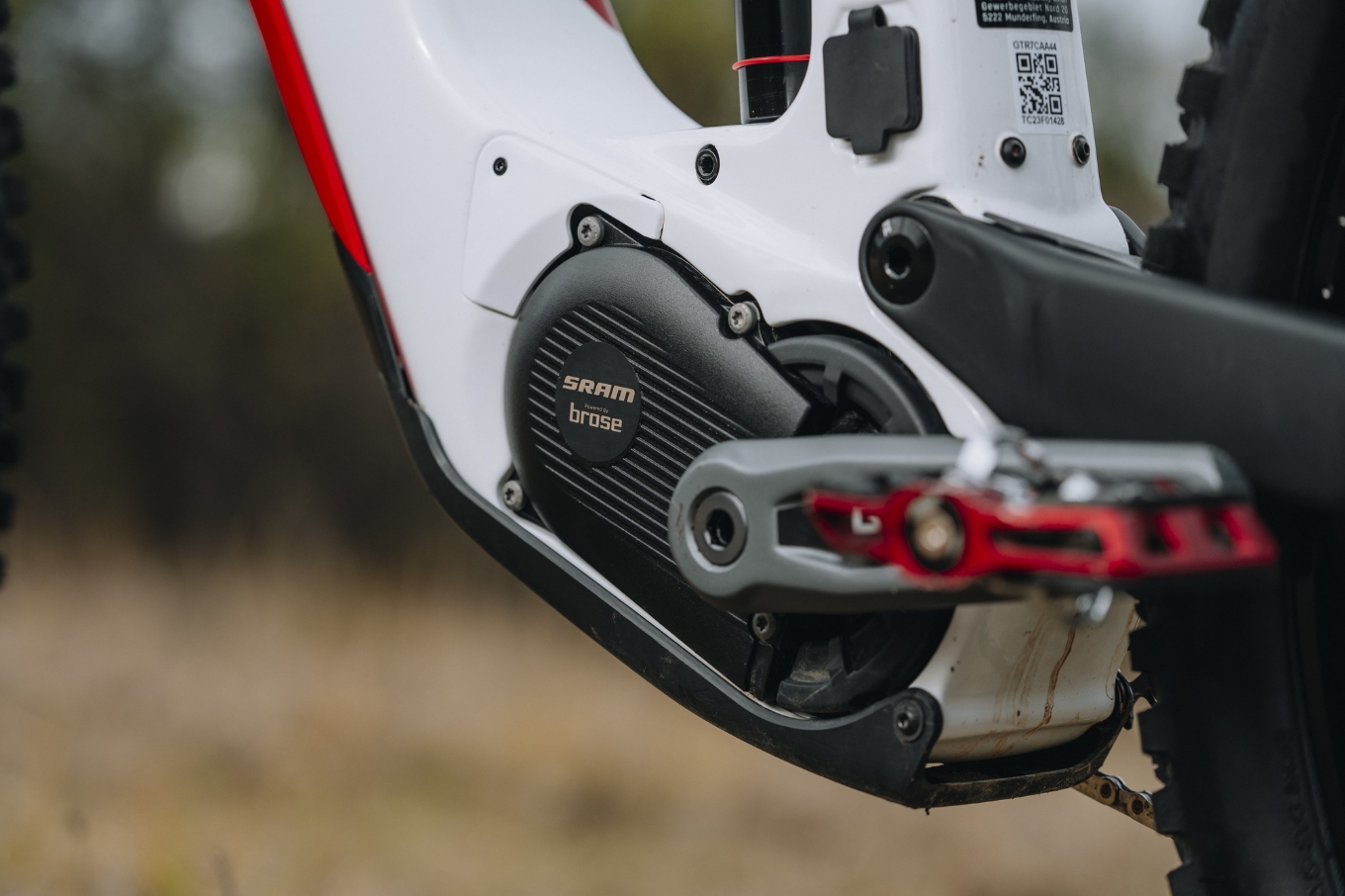NUTRITION: Carbohydrates you should be eating to fuel your ride
Carbs are king for mountain biking, or any cycling. But one carbohydrate food is not like the other.
Words: Zoe Wilson, APD
Fuelling you riding well with adequate carbohydrates helps get the most out of your time on the bike. But you don’t have to rely on pasta, bread, and rice to get what you need. Try these other great sources of carbohydrates, too!
Most of us know the main types of carbohydrates: starchy foods like pasta, bread and rice, and sugary foods like sweets, biscuits, cakes, and pastries. However, carbohydrates are found in many more foods than just those. For athletes, the type of carbohydrate to choose depends on the timing of meals and snacks around training, and the amount of carbohydrates to eat depends on various factors, too. Everyday carbohydrate choices should also maximise other essential nutrients to ensure the body functions at its best. Read on to find out more about the carbs you didn’t realise you should be adding to the shopping list!
Great carbohydrate options for the base training diet
The following is a list of nutrient-dense carbohydrate foods that make a great addition to the everyday training diet as they also provide other nutrients to support the body with training demands. The amount of carbohydrates recommended per day varies depending on age, size, and training load. If you’d like some more personalised direction, book in to see a Sports Dietitian.
Wholegrains
There is nothing wrong with bread, rice, and pasta – they are staples for a reason. But if you can, make them more nutritious by choosing the wholegrain version. Wholegrain options will typically contain about the same amount of carbohydrates but be lower in calories and higher in fibre, and other nutrients like manganese, selenium, copper, and phosphorous. In fact, a review of the scientific evidence conducted for the Australian Dietary Guidelines found eating 3 serves of whole grain foods a day is linked to a 20-30% reduction in risk of total mortality, heart disease, diabetes, stroke, and some cancers.
Do try this at home: Swap your regular white bread and pasta for the whole grain options and choose brown rice over basmati or jasmine as the base of stir-fries or curries.
Pseudo-grains
Pseudo-grains like amaranth, buckwheat, and quinoa are so named as they look and act like grains but are actually seeds from a number of different plant species. Nutritionally, pseudo-grains are similar to ‘true’ grains, too. Pseudo-grains have similar amounts of carbohydrates (approximately 50-60g per 100g), protein (13g per 100g), and fat to ‘true’ and are also rich in many minerals and antioxidants. A bonus is that quinoa and buckwheat are also gluten-free – great for those with Coeliac Disease or food intolerances that require limiting gluten.
Do try this at home: Use quinoa or buckwheat as a base for salads at lunchtime or swap them into your nightly meals as you would normally eat rice. You can even buy some microwavable sachets to make life super easy.
Legumes
Legumes are nutrition powerhouses that are well worth adding to your week. Legumes like beans, peas, and lentils contain around 20-25g of carbohydrates per 100g. You don’t just get carbohydrates though, legumes are also high in protein and fibre, and a good source of many vitamins, minerals and antioxidants such as B-group vitamins, iron, zinc, calcium and magnesium. In fact, legumes are higher in protein than most other plant foods and have about twice the protein content of grains. Research suggests that regularly eating legumes regularly can help improve blood sugar regulation and improve gut health due to their high fibre content.
Do try this at home: throw a rinsed and drained tin of beans, chickpeas, or lentils into your favourite spaghetti Bolognese, soups, or casseroles. Or cook a big batch of dried beans or lentils to form the base of salads for the week.
Oats
Oats are a healthy whole grain and a great source of vitamins, minerals and antioxidants, as well as the fibre and carbohydrates they’re known for. Oats also contain a particularly heart-healthy type of fibre called beta-glucan, making regular old rolled oats a great option for breakfast or snacks between meals. Due to their high-fibre nature, oats also help keep appetite at bay which can help when trying to manage weight for performance, too.
Do try this at home: Make your own muesli, Bircher or porridge combos. Some favourites are an ABC nutty muesli with raw oats, almonds, brazil and cashew nuts. Or make meal prep a breeze by batch preparing Bircher with rolled oats, milk, yoghurt, grated apple and cinnamon for easy mornings.
Beetroot
Beetroot is not technically a starchy vegetable but still contains around 10g of carbohydrates per 100g. It’s also packed with fibre, vitamins, minerals and special little compounds for athletes called nitrates. Nitrates are converted to nitric oxide in the body and nitric oxide helps to increase blood flow and therefore enhance the flow of oxygen to the muscles.
Do try this at home: Next time you roast potato, roast beetroot as well. Use roast beetroot as a base for salads at lunchtime or throw some raw beetroot into a smoothie in the morning.
Bananas
Bananas are one of the highest-carbohydrate fruit and they’re perfectly wrapped for a jersey pocket or backpack. One large banana contains about 30g of carbohydrates. Bananas are good for more than just a carbohydrate though – they are also a good source of potassium, which is an electrolyte linked to good heart health and lower blood pressure.
Do try this at home: Use ripe bananas as a pre- or during-ride option, or snack at any time of day. Throw one in your bag for situations when time is tight.
Dairy
Most of us know that dairy is a good source of calcium, but did you know dairy is also a great source of carbohydrates and other essential nutrients? Research suggests that regularly having milk, yoghurt, and cheese can protect against heart disease, stroke, high blood pressure, and some cancers. Milk also makes a great recovery food for after a hard ride – it’s the perfect combination of carbohydrates, protein, and liquid helping to refuel, repair and rehydrate.
Do try this at home: Get three to four servings of dairy a day by adding yoghurt to cereal in the morning, cheese into a salad or sandwich at lunchtime, and using milk as the base for a post-ride smoothie or latte.







